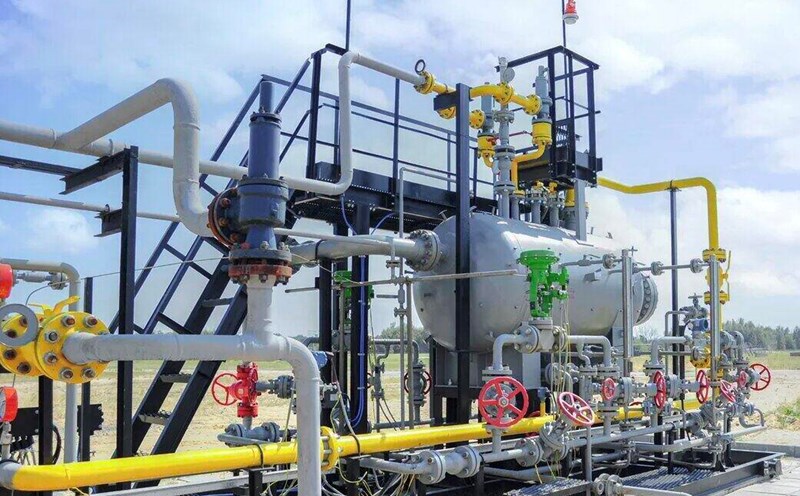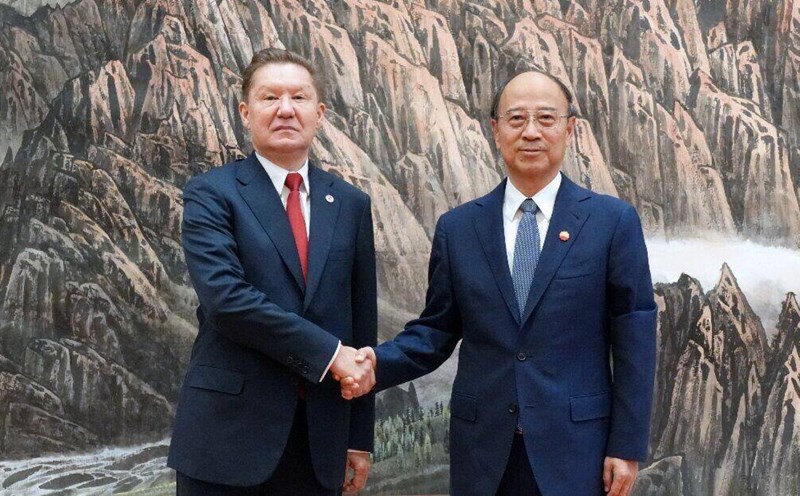Russian gas output will decrease by 3.2% in the first half of 2025, reaching 334.8 billion cubic meters, as exports to China increase and domestic demand increases, it is also unlikely to compensate for the decline in Russian gas pipeline transportation to Europe.
The decline in Russian gas reflects the structural impact of Ukraine's January decision to terminate the Russian gas transit agreement to the EU.
The gas pipeline through Ukraine will transport more than 15 billion cubic meters of gas alone in 2024, which is an important corridor for bringing Russian gas to the EU.
Currently, Russia only transport gas to the EU via TurkStream. The volume of Russian gas exported via TurkStream and thereby sent to Slovakia has increased but is not enough to restore exports as before.
China, now Russia's top gas buyer, has increased its gas imports via the Power of Siberia pipeline by 20% this year.
However, the capacity is almost at the maximum of 38 billion m3 per year and is not expected to increase further until the new gas pipeline in the Far East comes into operation in 2027.
At the same time, gas consumption in Russia has increased, due to cold weather in spring and the Russian government's expansion of gas access for households and industries.
Gazprom has also signed long-term deals with Central Asian countries, but these new deals are seen as modest compared to the losses in the European market.
Russia's efforts to tighten relations with China are facing many obstacles as negotiations on the Power of Siberia 2 pipeline are still stalled.
Western sanctions on Russia continue to reduce the country's energy revenue, with the EU fixing a price cap of $47.60 per barrel of Russian oil in July, increasing pressure on the entire energy sector.
At the present time, the Russian gas industry is expected to continue to reduce production until new infrastructure or export markets are put into operation.








